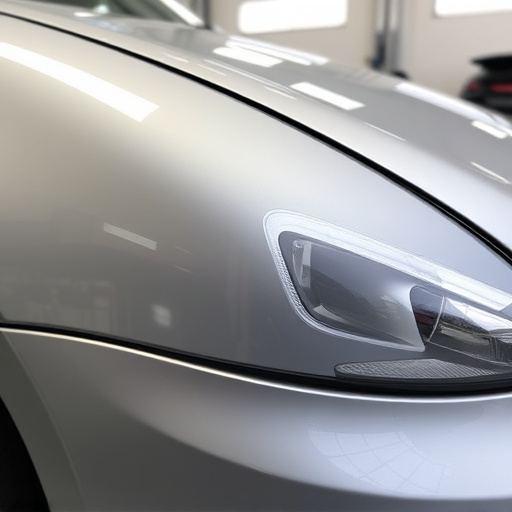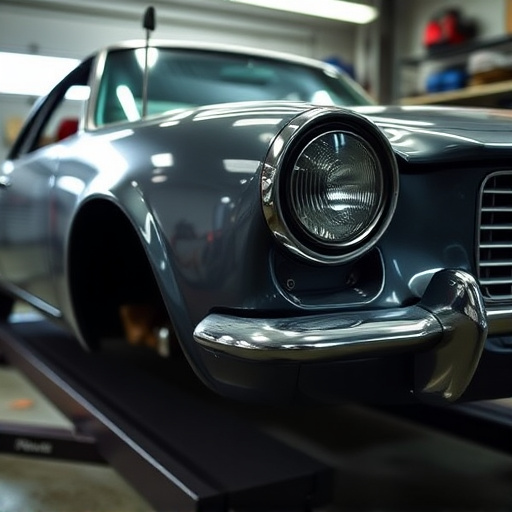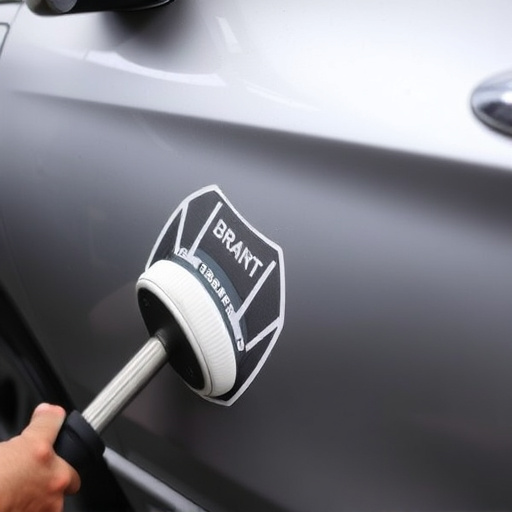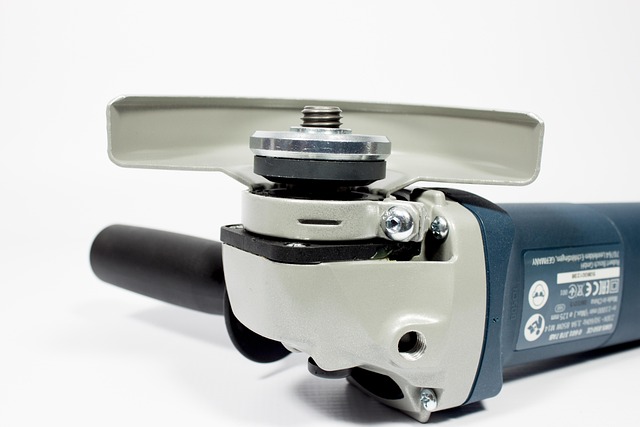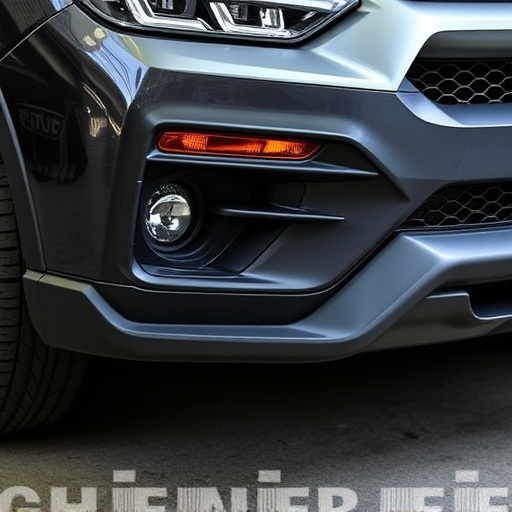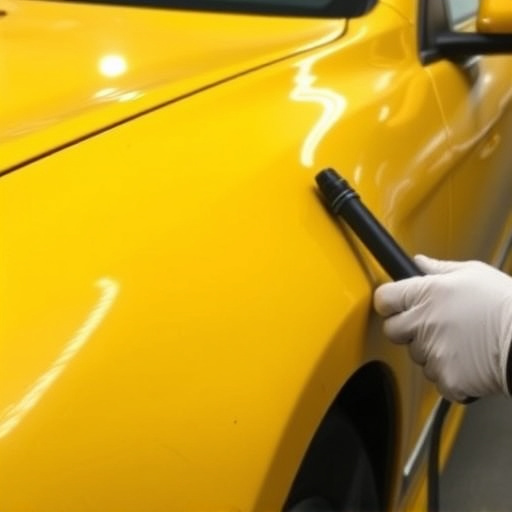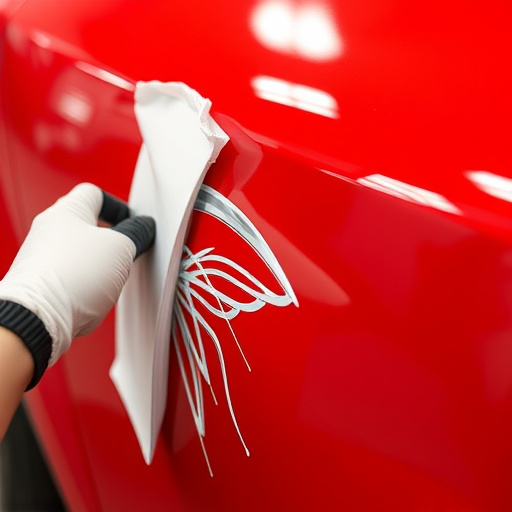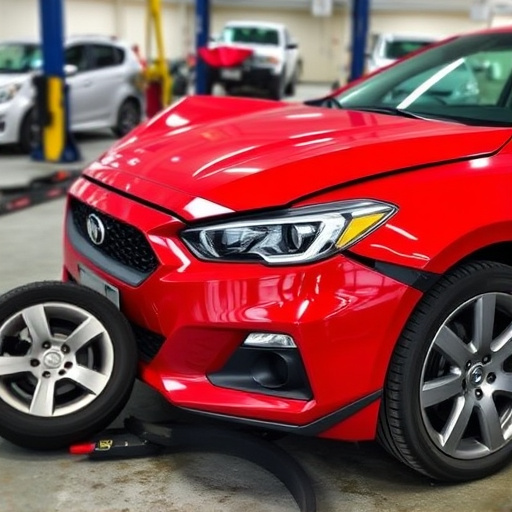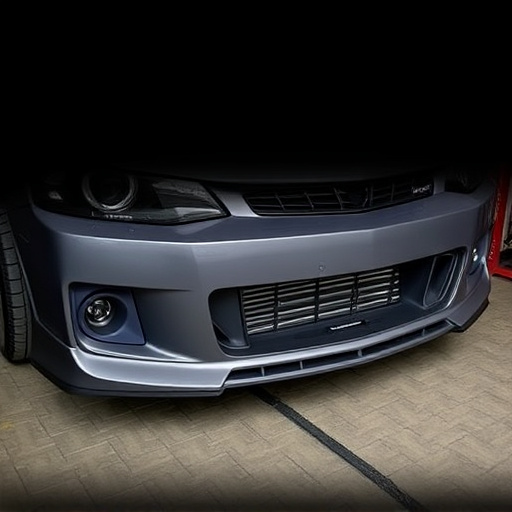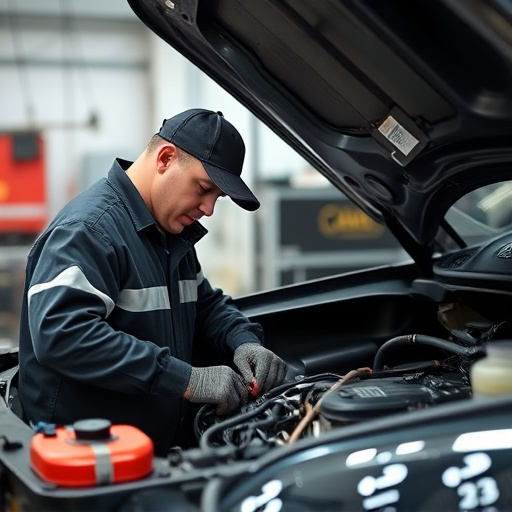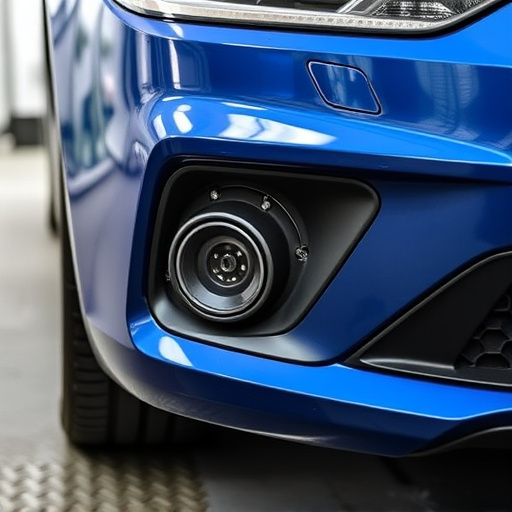Manufacturer-approved repairs are essential for maintaining vehicle safety and structural integrity, especially post-accident. Adhering to these guidelines ensures airbags, crumple zones, and other critical features function optimally, providing peace of mind and meeting modern consumer demands for safe, reliable vehicles.
In today’s automotive landscape, manufacturer-approved repair (MAR) is a critical component of vehicle safety and crashworthiness. This article delves into the intricate world of MAR standards, their impact on safety ratings, and the role they play in fostering consumer confidence. By exploring understanding MAR, its effects on crashworthiness, and certification processes, we uncover how these practices revolutionize post-crash repair, ensuring vehicles return to their original safety standards.
- Understanding Manufacturer-Approved Repair Standards
- The Impact on Crashworthiness and Safety Ratings
- Ensuring Quality and Consumer Confidence through Certification
Understanding Manufacturer-Approved Repair Standards
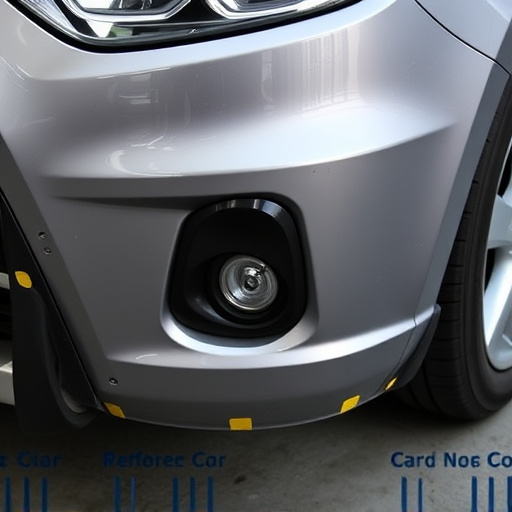
Manufacturer-approved repair standards are crucial guidelines set by automotive manufacturers to ensure that vehicles, particularly after an accident or damage, are restored to their original safety and structural integrity. These standards go beyond mere cosmetic fixes like car dent removal or auto painting; they encompass a comprehensive approach to crashworthiness ratings. The process involves rigorous testing and quality control measures for every component, from frame straightening techniques to ensuring precise alignment during the repair.
This meticulous attention to detail is vital in preserving the vehicle’s safety features—airbags, crumple zones, and other advanced safety systems—which play a significant role in protecting occupants during crashes. By adhering to manufacturer-approved repair procedures, including proper training for technicians and adherence to specific protocols, shops can maintain the vehicle’s original design intent and safety ratings, ultimately giving owners peace of mind that their car is not only aesthetically restored but also safe to drive.
The Impact on Crashworthiness and Safety Ratings
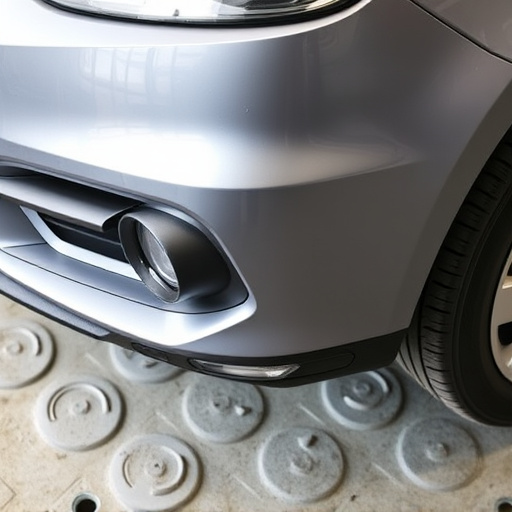
Manufacturer-approved repairs play a pivotal role in enhancing a vehicle’s crashworthiness and safety ratings. When an automotive manufacturer recommends or provides specific guidelines for repairing their vehicles, it ensures that the repair process adheres to the highest standards set by the brand. This level of precision is critical when addressing structural integrity, especially after a collision. For instance, taking a look at Mercedes-Benz collision repair, the company’s strict protocols guarantee that any repairs maintain the vehicle’s original safety features and design elements.
By following manufacturer-approved repair practices, skilled technicians can expertly address various issues, from complex frame straightening to meticulous panel replacement and advanced electronic system recalibration. This comprehensive approach ensures that the car not only looks like new but also performs optimally in terms of safety, which is essential for protecting occupants during unforeseen events on the road. Thus, when a vehicle undergoes such repairs, it can regain its pre-accident safety ratings, providing peace of mind to owners and enhancing overall driving confidence.
Ensuring Quality and Consumer Confidence through Certification
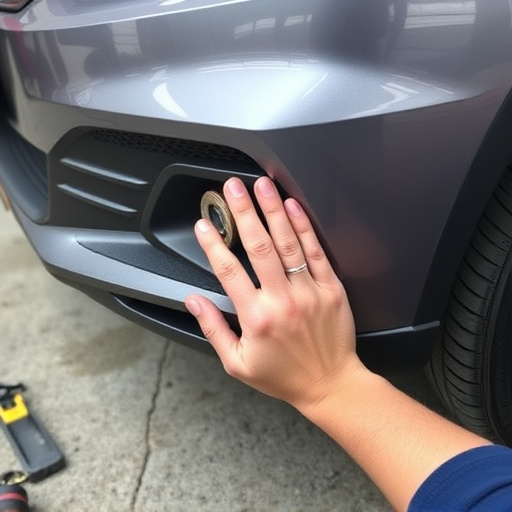
In today’s digital era, where information is readily accessible, consumers are increasingly conscious of the quality and safety standards of products they purchase. This awareness extends to vehicles, with car buyers seeking assurance that their investment meets not just performance criteria but also stringent crashworthiness ratings. Manufacturer-approved repair plays a pivotal role in addressing this concern. When a vehicle undergoes dent repair or other bodywork services at a certified car body shop, consumers can rest assured that the work aligns with the manufacturer’s precise specifications and quality standards.
This certification process acts as a safeguard, ensuring that repairs are carried out using original equipment parts and methods, preserving the integrity of the vehicle’s structural integrity and performance capabilities. By adhering to these guidelines, car body shops not only maintain consumer confidence but also contribute to the overall safety and reliability of vehicles on the road. It’s a key element in the ongoing dialogue between manufacturers, repair professionals, and discerning consumers.
Manufacturer-approved repair standards play a pivotal role in ensuring vehicle crashworthiness and safety ratings. By adhering to these rigorous guidelines, automakers guarantee that replacement parts meet or exceed original equipment specifications. This not only maintains structural integrity but also instills consumer confidence, knowing their vehicles are repaired to the highest standards. In today’s automotive landscape, prioritizing manufacturer-approved repair is essential for enhancing road safety and restoring vehicles to their optimal condition.
